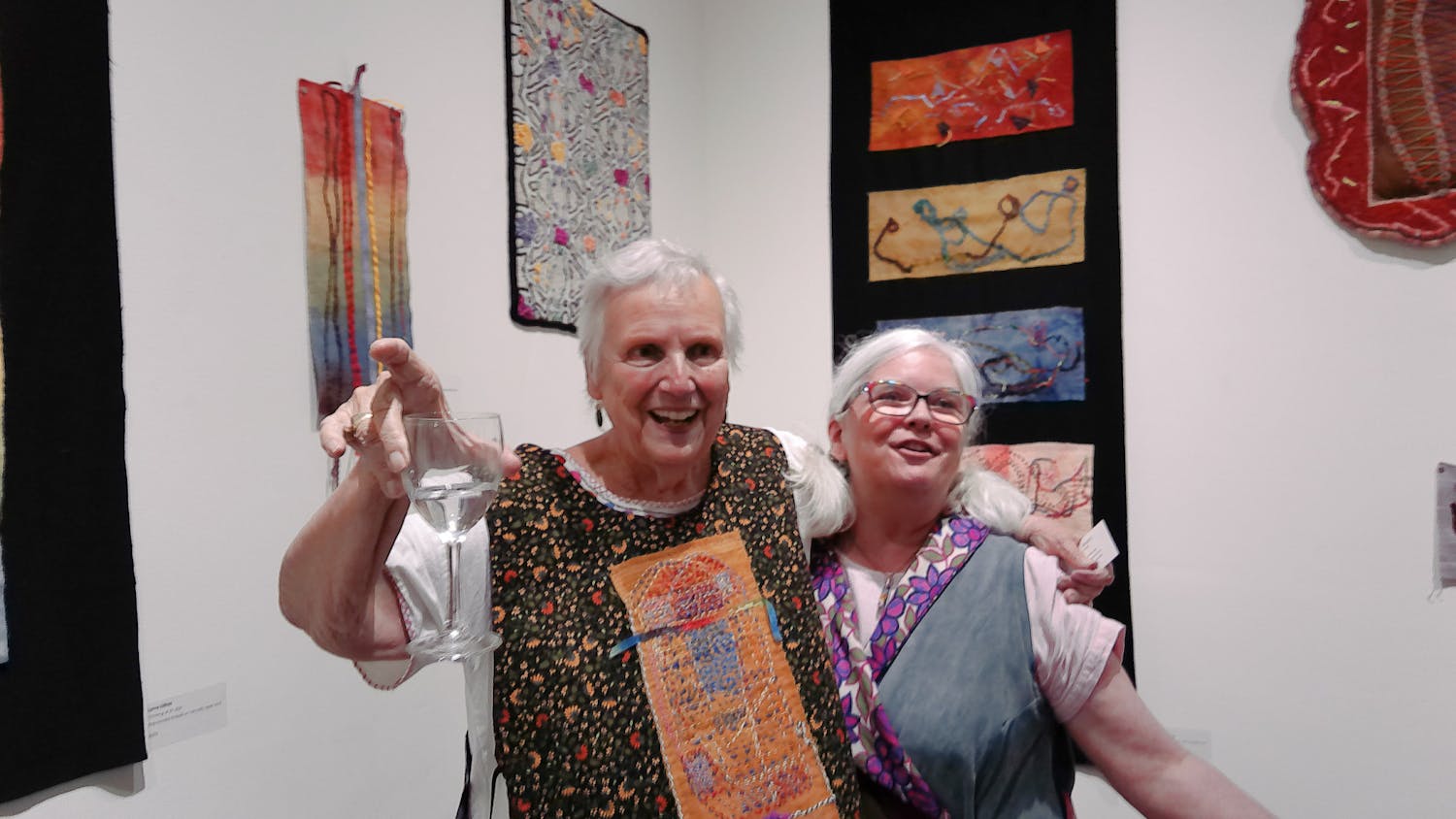A few weeks ago, one of my professors asked what our favorite work of art was. A majority named, to my disgust, recent albums by their favorite artists. My well-traveled peers named a sculpture or painting from the Victoria and Albert Museum in London or the Louvre in Paris. Myself and another gentleman named our favorite books.
What I didn’t realize at the time is that my favorite works of art are being composed behind a swinging door.
Pantry to pan to plate is the integral practice of pleasing patrons, but I’d like to focus today on aesthetics. The presentation of a dish should emulate the labor that went into preparing it.
Four of our five senses are used when we eat: sight, smell, touch and taste. Our first attitudes of a meal are shaped simply by what it looks like. It’s a regal feeling to have items placed meticulously about your plate. When my meal appears to fit the mold of a Styrofoam lunch tray, I’m excited about as much as when I was eating rectangle pizza in elementary school.
Some menu items, such as the 28 oz. Porterhouse at Janko’s Little Zagreb, stand alone just fine. Janko’s grills massive steaks that can be thrown onto white china and make one salivate like one of Pavlov’s dogs. This aristocratic family of sirloin, strip, porterhouse and fillet don’t need a garnish or fancy name, but would please the likes of Ron Swanson himself. Many believe humble Kroger-brand steaks are grilled for the red and white checkered tables, downplaying the succulent cuts of beef, but I’ve never heard a complaint about taste or preparation. Simply looking at these beefy behemoths gives one courage to tackle that last ounce of sirloin.
Ethnic restaurants have by far the easiest time incorporating good looks into their dishes. Curries, kabobs and sushi sometimes look better than they taste. Many ethnic foods are colorful as they are flavorful. I always come back to Esan Thai. Their curries and particularly their Pad Kra Tiam (garlic chicken) do more for the eyes than intended. The bright reds and greens of the Tiam and soft yellows of their Pa Nang, paired with a thick furl of steam, invite you to reach for your silverware.
Most notably, the Japanese itamae (sushi chefs) have practiced excellence for hundreds of years. The preparation of sushi is no easy feat, and when these masters of the knife prepare what are commonly known as specialty rolls, it’s truly something special. In Bloomington, we have a plethora of sushi bars. Ami and Red Chopsticks are separated by a measly hundred yards of sidewalk, and both serve great examples of simple rolls. Mikado and Asuka offer artistic and flavorsome specialty rolls.
Whether dishes are American or born in the Far East, they must first please the eyes. As the flavors and ingredients of cuisine become more diverse, so must aesthetics.
The appeal of pretty food
Get stories like this in your inbox
Subscribe





